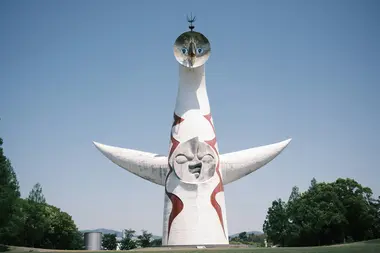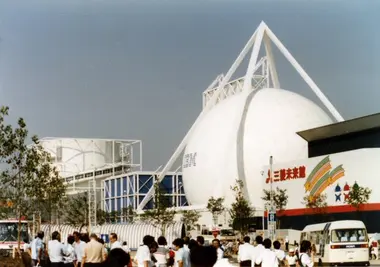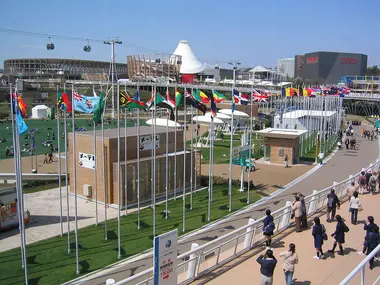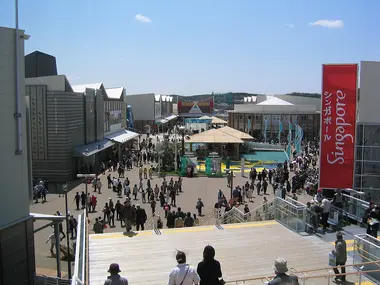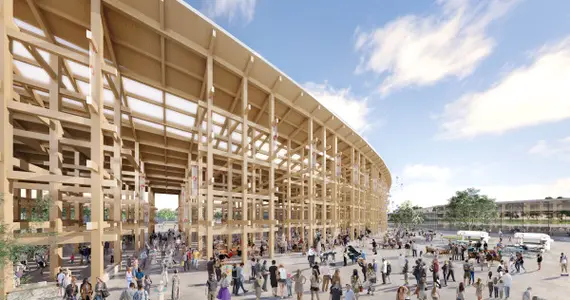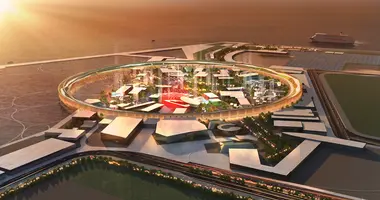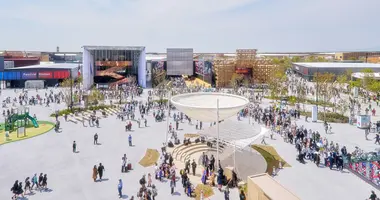World exhibitions in Japan
- Published on : 30/06/2024
- by : Rita El.manaa
- Youtube
World's fairs have played a crucial role in showcasing innovation, culture and progress on a global scale. Japan has hosted several of these prestigious events. Here's an overview of the world's fairs held in Japan, each of which marked a milestone in the country's technological and cultural evolution.
The 1970 Osaka World's Fair
Theme: "Progress and Harmony for Mankind"
Dates: March 15 - September 13, 1970
Location: Senri Expo Park, Osaka
The first world's fair to be held in Asia, Expo 1970 in Osaka marked a turning point in Japan's history. As a symbol of the country's economic and cultural renewal, the Expo attracted over 64 million visitors. Revolutionary architecture, such as Kenzō Tange's solar tower pavilion and the American pavilion with the Apollo 11 lunar capsule, left a lasting impression.
- International impact: Established Japan as an emerging global economic force.
- Record attendance: Over 64 million visitors.
- Outstanding architecture: Architectural and technological innovations.
Tsukuba World Expo 1985
Theme: "Habitat and Environment - Science and Technology for Man at Home"
Dates: March 17 - September 16, 1985
Location: Tsukuba, Ibaraki Prefecture
Tsukuba's 1985 exhibition highlighted scientific and technological advances in the home. It played a crucial role in the development of Tsukuba Science City, which has become a center for scientific research and development. Information technology, robotics and energy solutions were highlighted.
- Technology focus: Innovations in domestic life.
- Development of Tsukuba: Emergence as a science center.
- Featured technologies: Advances in robotics and energy solutions.
Nagoya World Expo 2005
Theme: "The Wisdom of Nature
Dates: March 25 - September 25, 2005
Location: Nagakute, Aichi Prefecture
The 2005 exhibition in Nagoya focused on environmental conservation and sustainable practices. It introduced green technologies such as fuel cells and renewable energies, and featured popular attractions such as Studio Ghibli's "Totoro" pavilion.
- Environmental commitment: Promoting sustainable practices.
- Green technologies: Introduction of ecological solutions.
- Attractions: "Totoro" pavilion and zero-energy houses.
Osaka World Expo 2025 (coming soon)
Theme: "Designing the Society of the Future for our Lives"
Dates: April 13 - October 13, 2025
Location: Yumeshima Island, Osaka
Osaka Expo 2025 promises to showcase cutting-edge technologies such as artificial intelligence, virtual reality and biotechnology. Focusing on sustainability and the design of the society of the future, this exhibition aspires to offer an interactive and immersive experience.
- Advanced technologies: Focus on AI, VR and biotechnology.
- Sustainability: Designing for a sustainable future.
- Immersive experience: Technology for enriched interaction.
Order tickets for World Expo 2025
Japan's World Fairs, from Expo 1970 to the one planned for 2025, illustrate the country's commitment to showcasing technological innovation and sustainability. Each event has not only celebrated Japan's achievements, but also provided a platform for envisioning a more harmonious and innovative future. These exhibitions continue to demonstrate Japan's role as a pioneer in creating the society of the future.

